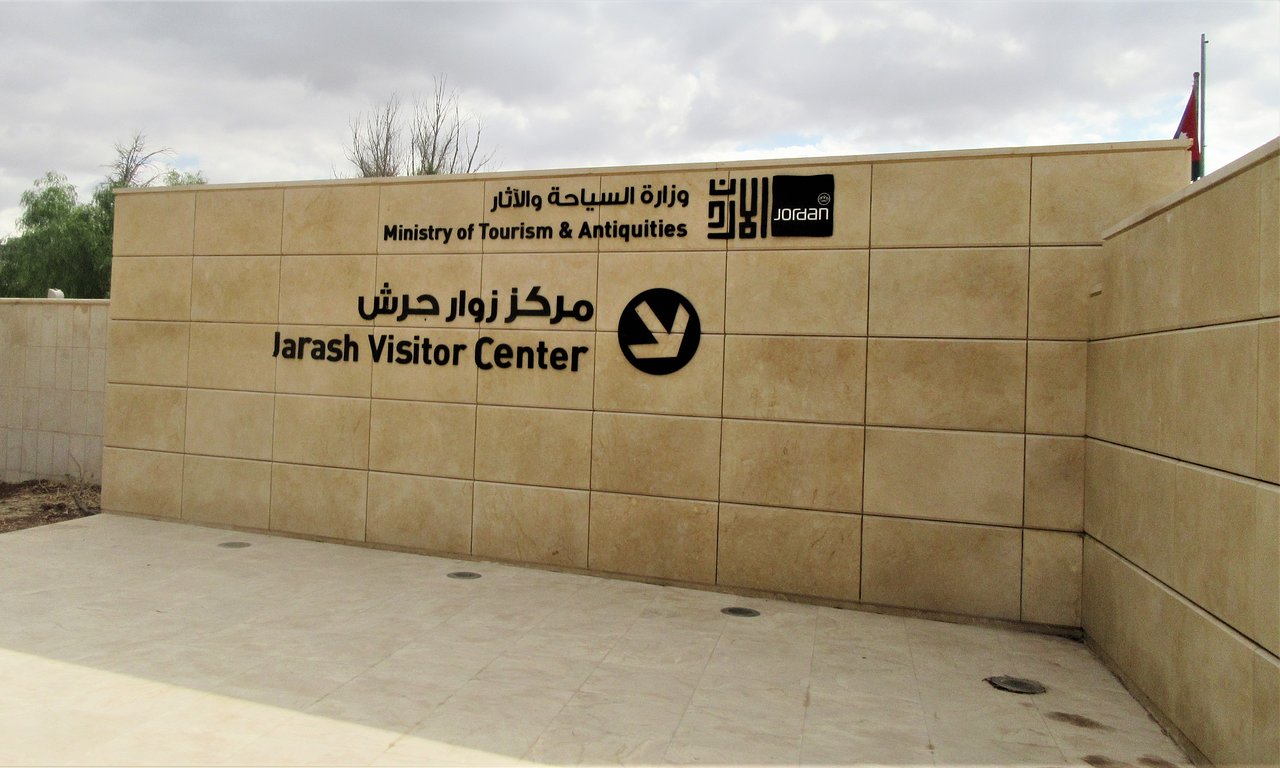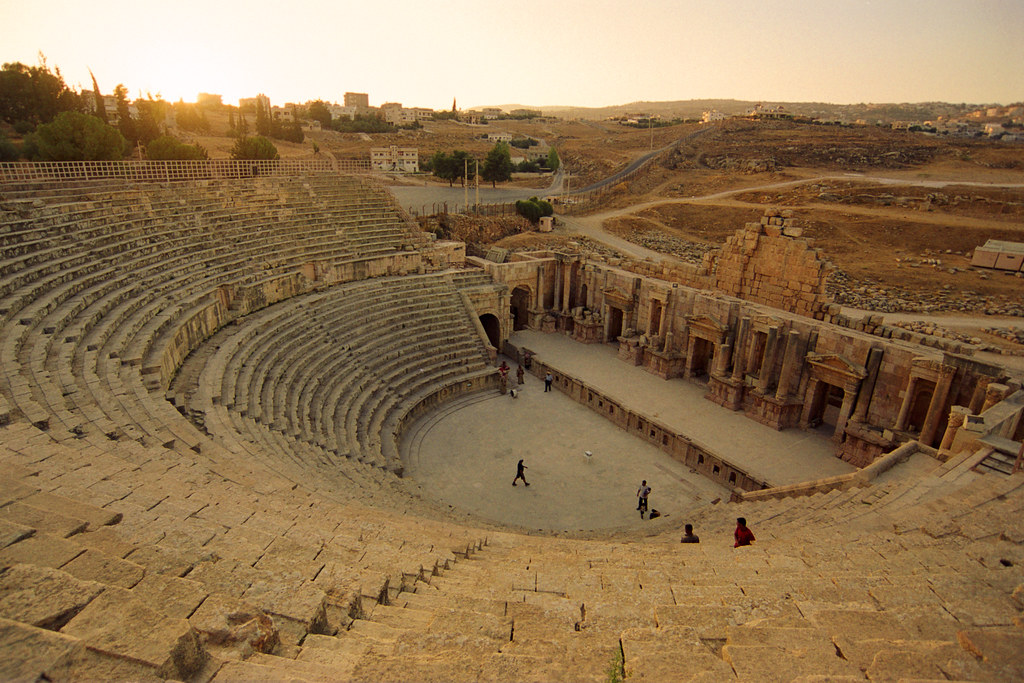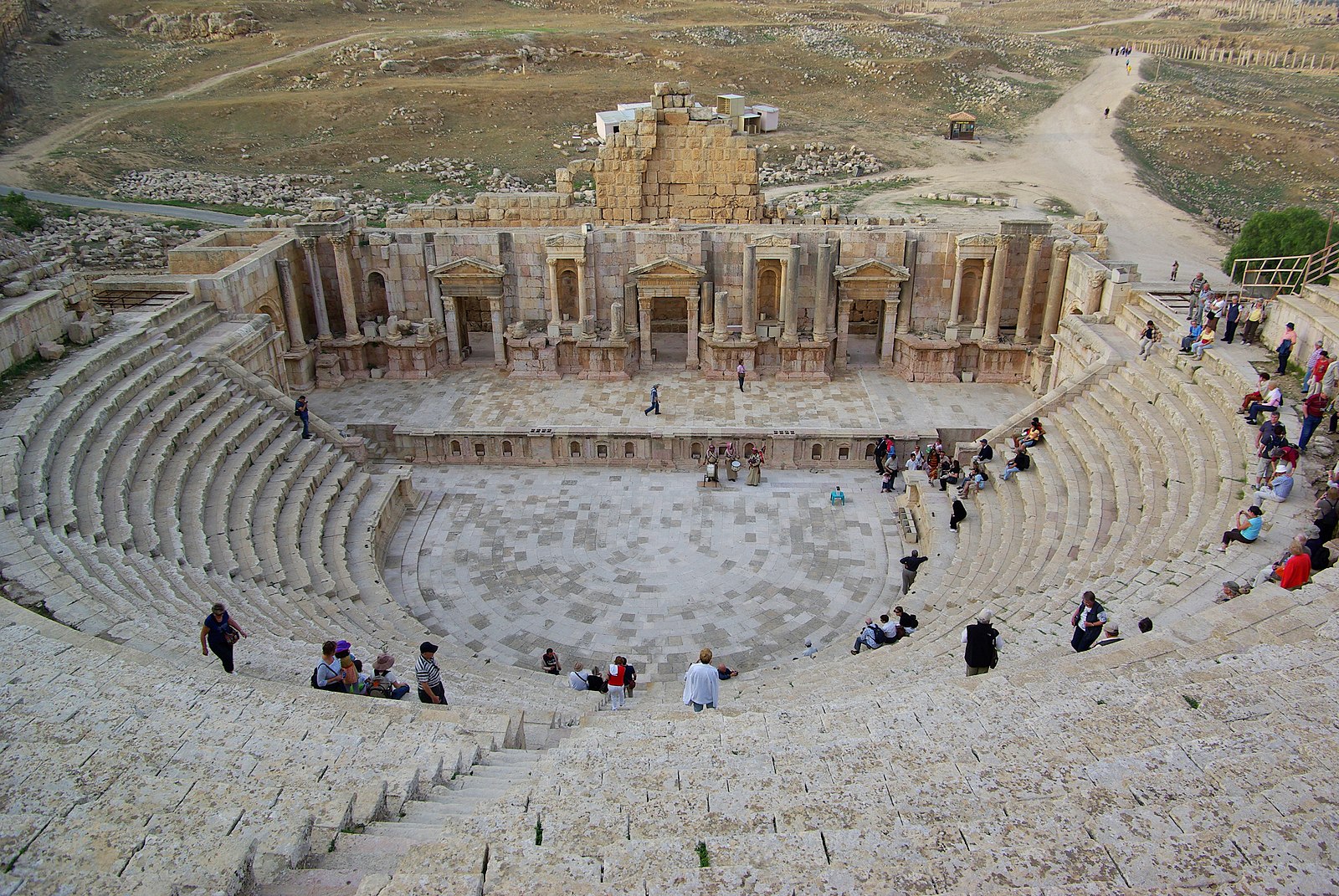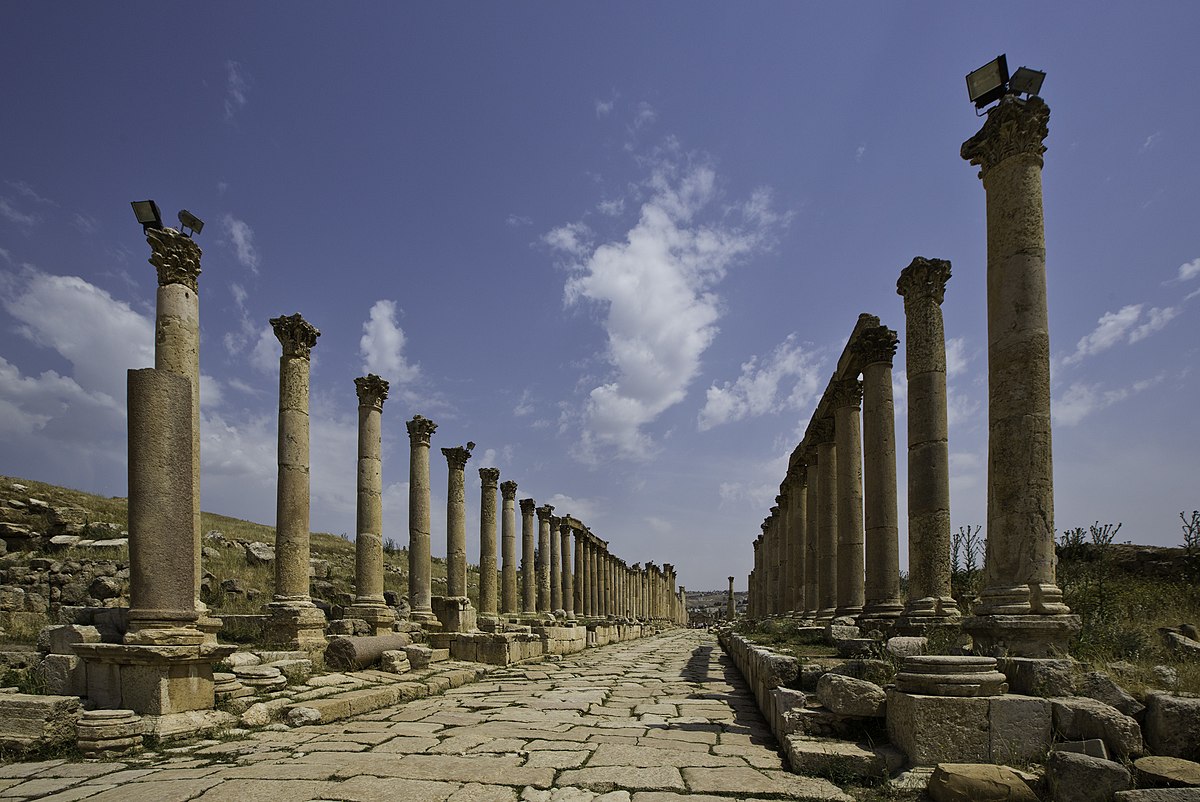Jarash a close second to Petra on the list of favorite destinations in Jordan, the ancient city of Jerash boasts an unbroken chain of human occupation dating back more than 6,500 years and is only about 45km north of Amman and because of its water the site has been settled at least since Neolithic times. The city's golden age came under Roman rule and the site is now generally acknowledged to be one of the best-preserved Roman provincial towns in the world and one of the Decapolis cities once named Gerasa. Hidden for centuries in sand before being excavated and restored over the past 70 years, Jarash reveals a fine example of the grand, formal provincial Roman urbanism that is found throughout the Middle East, comprising paved and colonnaded streets, soaring hilltop temples, grand theatres, spacious public squares and plazas, baths, fountains and city walls pierced by towers and gates. Beneath its external Graeco-Roman veneer, Jarash also preserves a subtle blend of east and west. Its architecture, religion and languages reflect a process by which two powerful cultures meshed and coexisted - The Graeco-Roman world of the Mediterranean basin and the ancient traditions of the Arab Orient.

Archeological City
A close second to Petra on the list of favourite destinations in Jordan is the ancient city of Jerash, which boasts an unbroken chain of human occupation dating back more than 6,500 years.
Jarash lies on a plain surrounded by hilly wooded areas and fertile basins. Conquered by General Pompey in 63 BC, it came under Roman rule and was one of the ten great Roman cities of the Decapolis League.
The city’s golden age came under Roman rule, during which time it was known as Gerasa, and the site is now generally acknowledged to be one of the best-preserved Roman provincial towns in the world.
Jarash Archaeological Museum
This magnificently restored theatre is the most obvious and impressive remnant of Roman Philadelphia, and is the highlight of Amman for most foreign visitors. The theatre itself is cut into the northern side of a hill, and has a seating capacity of 6000. The best time for photographs is the morning, when the light is soft – although the views from the top tiers just before sunset are also superb.
The theatre was probably built in the 2nd century AD during the reign of Antoninus Pius (AD 138–61). It was built on three tiers: the rulers, of course, sat closest to the action, the military secured the middle section, and the general public perched and squinted from the top rows. Theatres often had religious significance, and the small shrine above the top row of seats once housed a statue of the goddess Athena (now in the Jordan Museum), who was prominent in the religious life of the city.


South Theater
Built during the reign of Emperor Domitian, between 90-92 AD, the South Theatre can seat more than 3,000 spectators. The 1st level of the ornate stage, which was originally a two- story structure, has been reconstructed and is still used today. The theatre’s remarkable acoustics allow a speaker at the center of the orchestra floor to be heard throughout the entire auditorium without raising his voice. Two vaulted passages lead into the orchestra, and four passages at the back of the theatre give access to the upper rows of seats. Some seats could be reserved and the Greek letters which designate them can still be seen.
North Theatre
The North Theatre was built in 165 AD. In front is a colonnaded plaza where a staircase led up to the entrance. The theatre originally only had 14 rows of seats and was used for performances, city council meetings, etc. In 235 AD, the theatre was doubled in size to its current capacity of 1,600. The theatre fell into disuse in the 5th century and many of its stones were taken for use in other buildings.


Colonnaded Street
Still paved with the original stones – the ruts worn by chariots are still visible – the 800m Cardo was the architectural spine and focal point of Jerash. An underground sewage system ran the full length of the Cardo and the regular holes at the sides of the street drained rainwater into the sewers.
Best Places in Jerash Photo Gallery
Jarash South Theatre
Jarash
Jerash Visitors Center
Jerash Visitors Center
Jarash
Jarash
Jerash Festival of Culture and Arts
Jarash Oval Plaza
Lebanese singer Assi al-Hallani Performs at the Jerash Festival of Culture and Arts
Jarash
Colonnaded Street
Jarash
Jerash Festival of Culture and Arts
Colonnaded Street
Jerash Visitors Center
Jarash
Jarash - Temple Of Artemis
Jarash
Colonnaded Street
Jarash
Jerash Archeological City
Jerash Festival of Culture and Arts